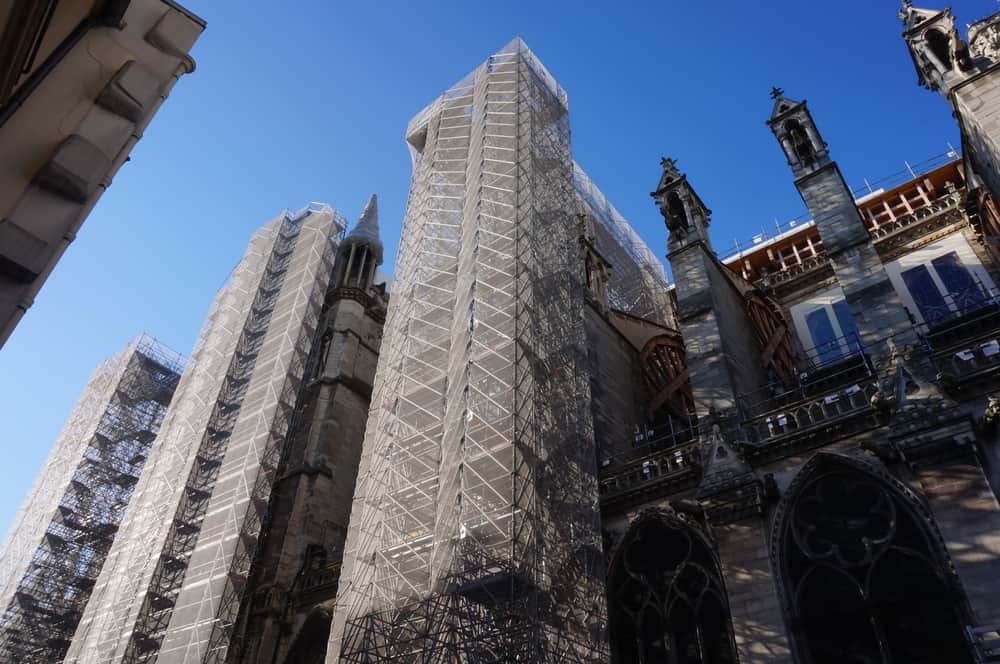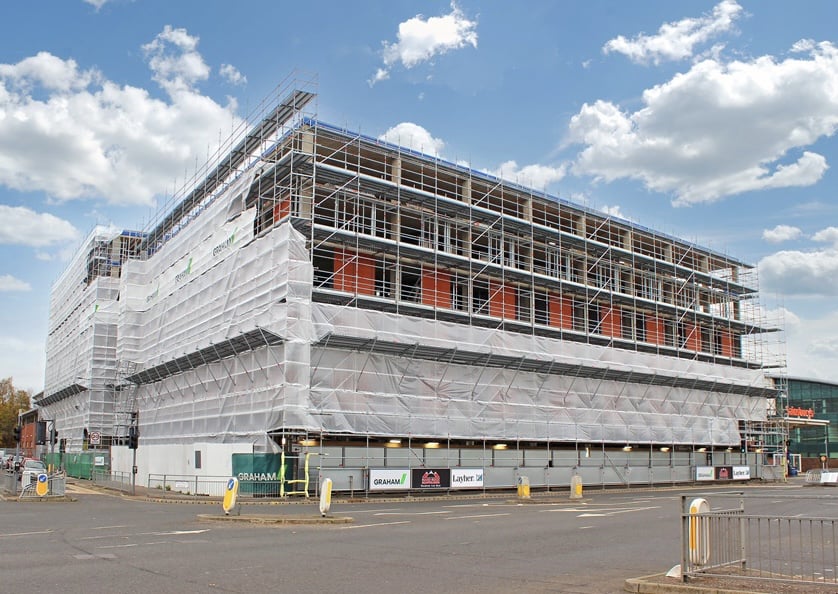Several tombs and a leaden sarcophagus likely dating from the 14th century have been uncovered after teams of scaffolders prepared to erect a huge internal scaffold for workers to rebuild the ancient church’s spire.
According to reports workers were digging the footings for the scaffold directly below the centre-spot of the spire when the tombs were discovered.
Archaeologists say the burial sites located where the transept crosses the nave are “of remarkable scientific quality.”
Among the tombs was the “completely preserved, human-shaped sarcophagus made of lead,” they said.
The coffin might have been made for “a senior dignitary” and likely dated from the 1300s — the century following the cathedral’s construction.
As well as the tombs, elements of painted sculptures were found just beneath the current floor level of the cathedral, identified as parts of the original 13th-century rood screen — an architectural element separating the altar area from the nave.
Workers at the site are currently racing against a tight deadline to reopen the devastated cathedral of Notre Dame in Paris by Easter 2024—after it was nearly destroyed in a fire sparked by an electrical short three years ago.




